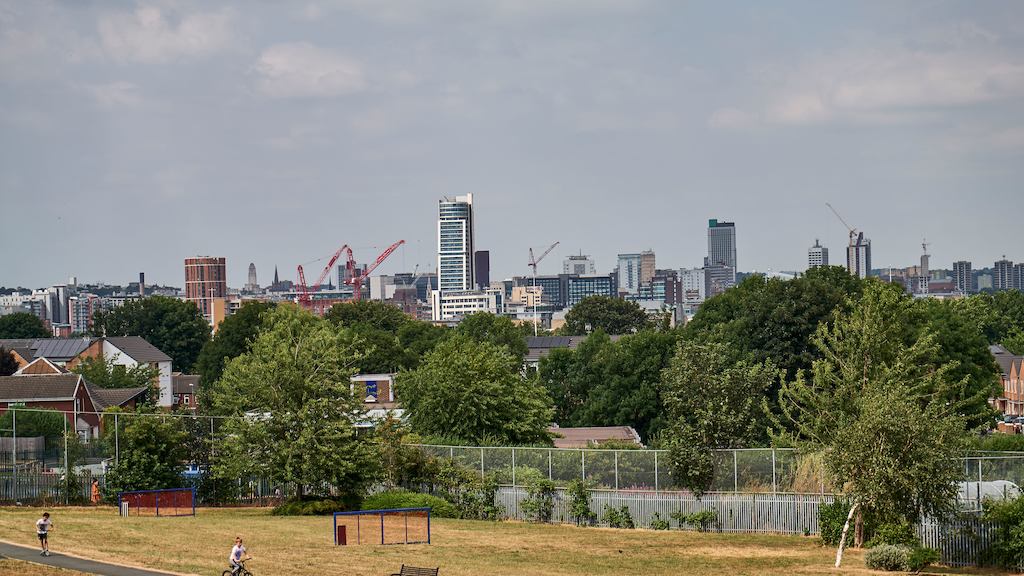We then heard about a well-developed frailty project looking at falls prevention and working in partnership. This Leeds project combines health provider input with public health messages around movement and nutrition, alongside exercise programmes. The key to its success lies in a joint-working approach. It was useful to hear about this approach as similar work on falls prevention is being undertaken in Sefton. We will take this approach back to our falls prevention programmes with the aim of encouraging more consistent joint working between all those involved. Maintaining continuity in falls prevention provision is an area that we would like to discuss further with Leeds in the future – for example, how to support older people to maintain their strength and balance when the Falls Prevention Programme has come to an end.
We came away from the visit with renewed enthusiasm for Age Friendly Sefton. We were pleased in particular to see the way that older people’s views are meaningfully represented in strategic processes in Leeds. Schemes like Time to Shine and Neighbourhood Networks are successful because they are not one size fits all, but are responding to real community need.
It was reassuring, too, to find out that although we come from quite different places – a City Council area and a Metropolitan Borough – the issues we are dealing with are in many ways the same: housing, transport, access to leisure and keeping people connected.
The Age-friendly Sefton party consisted of Cllr Paul Cummins, Cabinet Member for Adult Social Care and Older People’s Champion for Sefton, Mr Brian Clark OBE, Chair of the Sefton Partnership for Older Citizens, Andrew Booth, Chief Officer of Sefton Advocacy, and Justine Shenton, Older Persons’ Forum Co-ordinator.

